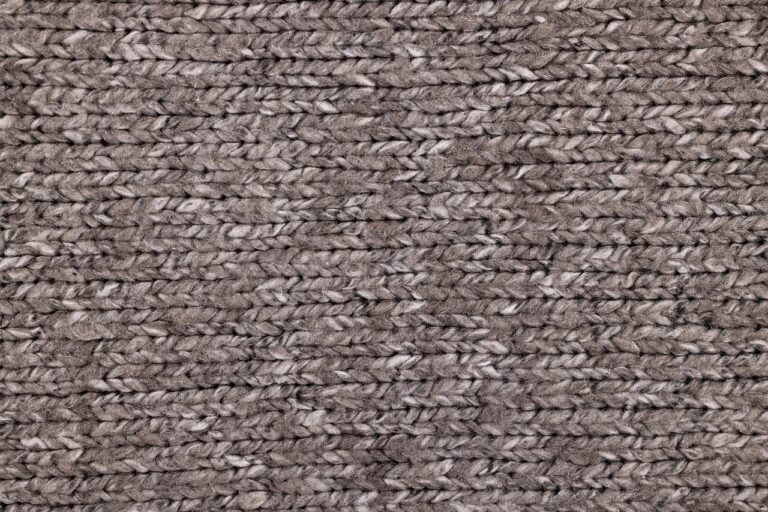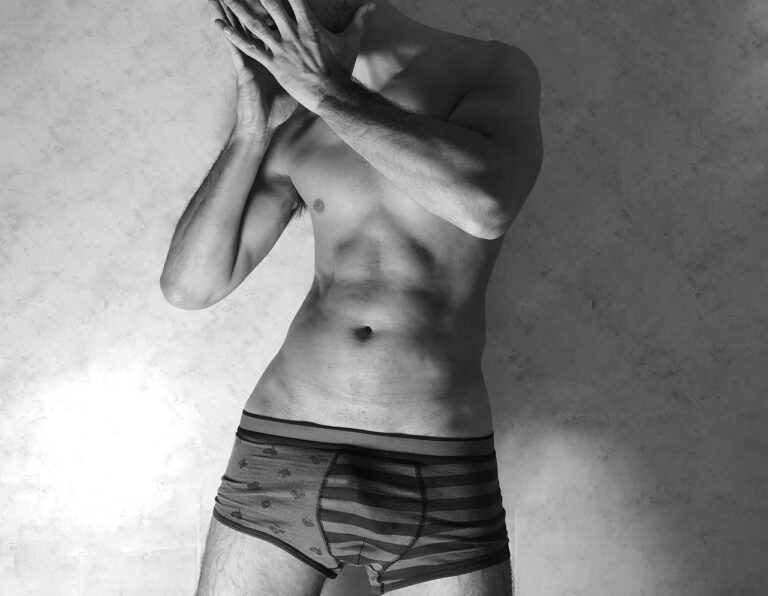Fashion and Indigenous Sovereignty: Economic Empowerment through Textiles: 11xplay.online login, Laser book 247.com, Tigerexch247
11xplay.online login, laser book 247.com, tigerexch247: Fashion and Indigenous Sovereignty: Economic Empowerment through Textiles
In recent years, there has been a growing movement towards supporting Indigenous communities through the fashion industry. By incorporating traditional textiles and designs into modern clothing and accessories, designers are not only preserving cultural heritage but also providing economic empowerment to Indigenous peoples. This article explores the intersection of fashion and Indigenous sovereignty, with a focus on how textiles play a crucial role in this movement.
Preservation of Cultural Identity
One of the key reasons why incorporating traditional textiles into fashion is so important is the preservation of cultural identity. Textiles are often deeply rooted in Indigenous communities’ histories, representing stories, symbols, and traditions that have been passed down through generations. By integrating these textiles into contemporary designs, designers are helping to keep these cultural practices alive and relevant in today’s world.
Empowering Indigenous Communities
Beyond preserving cultural identity, the fashion industry provides a unique opportunity for Indigenous communities to generate income and support their local economies. By partnering with designers and brands, Indigenous artisans can showcase their unique skills and craftsmanship on a global scale, opening up new markets and opportunities for growth. This economic empowerment helps to support community development, education, and healthcare initiatives, ultimately benefiting the entire community.
Environmental Sustainability
In addition to social and economic benefits, the use of traditional textiles in fashion also promotes environmental sustainability. Many Indigenous communities have long-standing traditions of using natural materials and dyes in their textiles, resulting in a more eco-friendly production process. By incorporating these sustainable practices into modern fashion, designers are not only reducing their environmental impact but also raising awareness about the importance of preserving traditional and indigenous knowledge.
Supporting Indigenous Sovereignty
Fashion can also be a powerful tool for supporting Indigenous sovereignty. By promoting Indigenous-owned businesses and brands, consumers can help empower communities to control their own economic futures and assert their rights to self-determination. In a world where cultural appropriation is rampant, supporting Indigenous designers and artisans is a crucial step towards upholding the rights and dignity of these communities.
Frequently Asked Questions
Q: How can consumers support Indigenous-owned fashion brands?
A: Consumers can support Indigenous-owned fashion brands by purchasing their products, sharing their work on social media, and advocating for greater visibility and representation in the fashion industry.
Q: What role do fashion designers play in preserving traditional textiles?
A: Fashion designers play a crucial role in preserving traditional textiles by incorporating them into their designs, collaborating with Indigenous artisans, and raising awareness about the cultural significance of these textiles.
Q: How can the fashion industry better support Indigenous communities?
A: The fashion industry can better support Indigenous communities by providing fair wages and working conditions, respecting cultural intellectual property rights, and promoting diversity and inclusion in all aspects of the industry.
In conclusion, fashion has the power to be a force for positive change in Indigenous communities. By incorporating traditional textiles and designs into modern fashion, designers are not only preserving cultural heritage but also providing economic empowerment and supporting Indigenous sovereignty. As consumers, we can play a crucial role in supporting these initiatives by choosing to support Indigenous-owned brands and advocating for greater representation and recognition in the fashion industry. Let’s celebrate and uplift Indigenous voices through the power of textiles and fashion.







